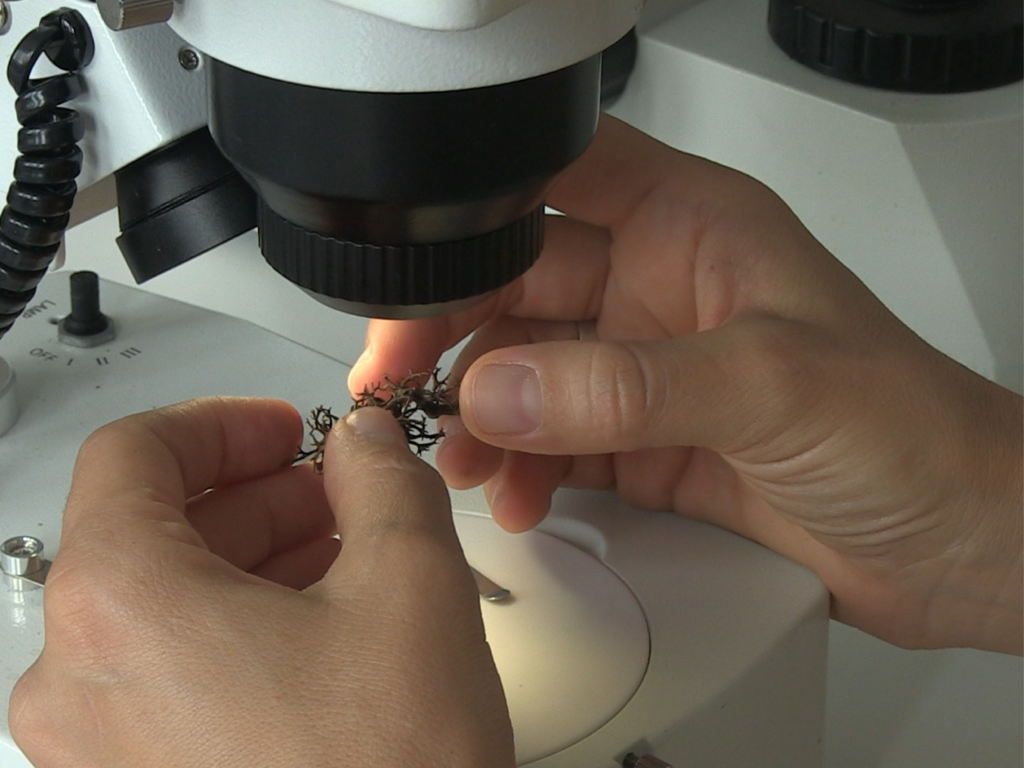Ukrainain Ecologies

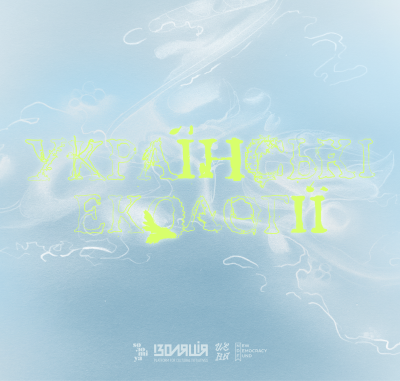
The word ecology originates from the Greek oikos (meaning home or environment). During the Russian Federation’s war against Ukraine, we have seen numerous forms of violence:: the destruction of lives, natural worlds, and their interconnections. Diverse environments, their multispecies relationships, and languages of expression are in danger.
The full-scale invasion has made clear the interconnections between war, colonialism, extraction, and the environment, making it an apt time to rethink Ukrainian ecologies. Focusing on interdisciplinary collaboration between art, humanities, and science, we aim to support the creation of projects that preserve or reveal the impact of the war on the Ukrainian environment.
What are they, Ukrainian ecologies? How can we protect them? What does it mean to engage in environmental practice during the war? What practices do those who work with environmental challenges through the humanities and the arts turn to? How can we challenge anthropocentric perspectives on war?
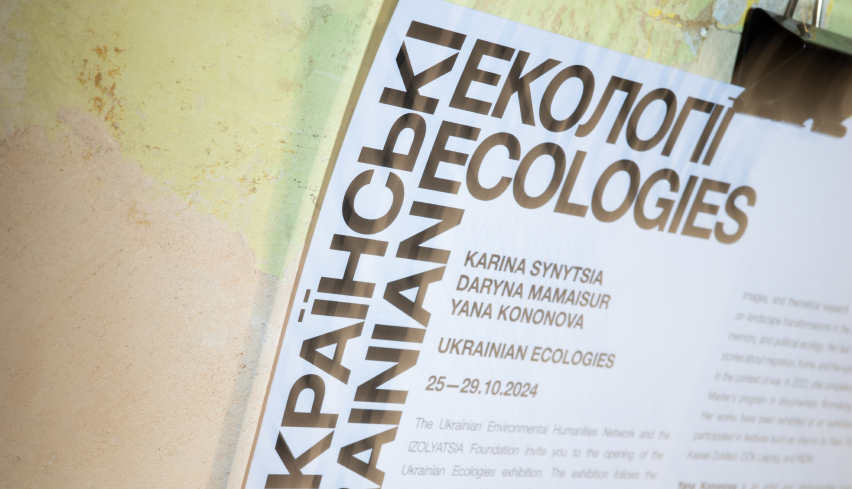
“Ukrainian Ecologies” exhibition follows the eponymous art residency and features works by its participants: Karina Synytsia, Daryna Mamaisur, and Yana Kononova. The exhibition is the result of the artists’ collaboration with scientific institutions and independent researchers in the field of ecology. The project explores how art reflects the state of the environment in the context of the Russo-Ukrainian war. Artists delve into the dynamic nature of the landscape, memory, ecological grief, and the interaction between human and other-than-human worlds. Both the exhibition and the residency support contemporary artists working in various media (painting, photography, video) across specific locations: the city of Kharkiv, the Ros River basin in the Kyiv region, and between Kherson/Ivano-Frankivsk.
Daryna Mamaisur works with a collection of herbarium specimens from Kherson State University, which was relocated to Ivano-Frankivsk due to the war. Karina Synytsia creates paintings and collages dedicated to the Kharkiv Institute of Plant Production, which continues its work despite constant shelling. Her video tells the story of what it takes to preserve natural heritage in challenging wartime conditions. Yana Kononova presents a series of photographs of the Ros River, which is shrinking due to climate change. Her works show how technology and nature interact in weird ways in the modern world of the Anthropocene.
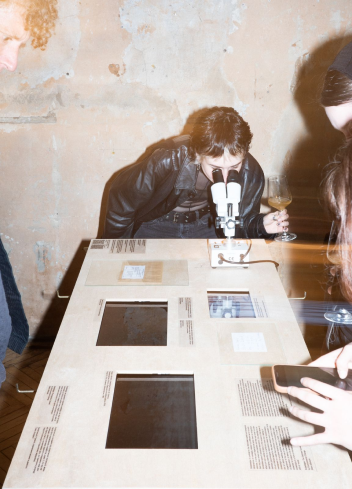
Lords of Waterlilies
(photo series)
Yana Kononova
The Ros River basin is the most heavily regulated among Ukraine’s waterways. With over 60 dams, reservoirs, and ponds, a network restricts its natural flow. Today, the river faces a prolonged ecological crisis, driven by reduced water levels, pollution, and climate change.
Lords of the Water Lilies explores the Ros Valley as a milieu for technical imagination. Along sections of the river that cut through ancient crystalline formations, landscape structures act as “attachment points” for modernization projects — parks, dams, and power stations. The artist employs a method of “re-imagining” to cultivate new sensibilities, allowing us to re-appropriate modern technology that homogenizes the environment. By speculatively engaging with the landscape’s perception, she demonstrates how the question of technology can be reopened through an affirmation of non-modern cultures, thus enabling multiple sensibilities and techniques.
In collaboration with environmental geographer Dr. Jonathan Turnbull, the project also examines the potential of the concept of “weird” in studying the Ros. This approach allows us to embrace the impacts of the Anthropocene and navigate contexts where different forms of agency and temporality collide in unexpected and unsettling ways.
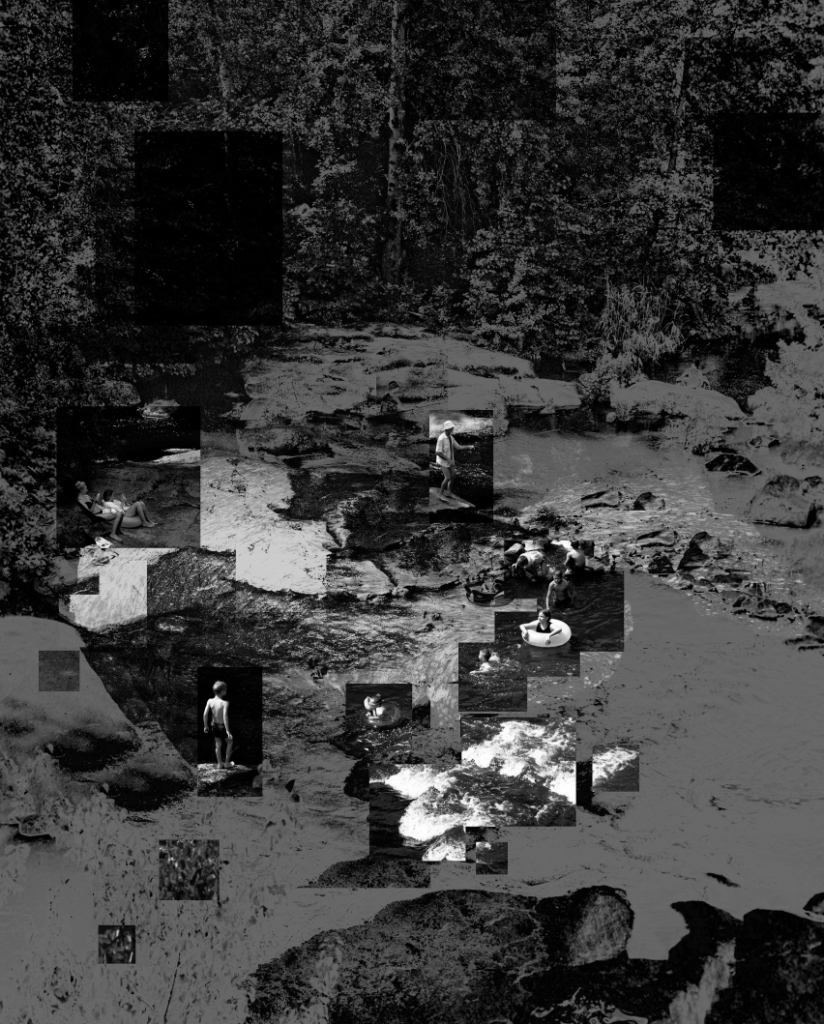
Kazka
(acrylic, paper)
Karina Synytsia

In this work Karina draws parallels between the work of Ukrainian entomologist Lev Shelyuzhko during World War II and the destruction of the National Plant Genetic Resources Center in Kharkiv in 2022, during the Russian invasion. She blends reality with fiction using a semi-fantastical style to explore themes of memory, loss, and the interconnectedness of nature and human history. In Kazka, museum artefacts gain sensitivity and become observers of political upheaval. Butterflies from Shelyuzhko’s collection and plants from the Kharkiv Genetic Bank tell their stories of traveling through war-ravaged landscapes. They become unintended guardians of cultural and scientific memory, persisting despite the destruction around them.
This work was created following Karina’s expedition to the Institute of Plant Breeding in Kharkiv, where she explored the aftermath of the destruction of the Plant Genetic Resources Center to better understand the importance of preserving such collections in the context of war.
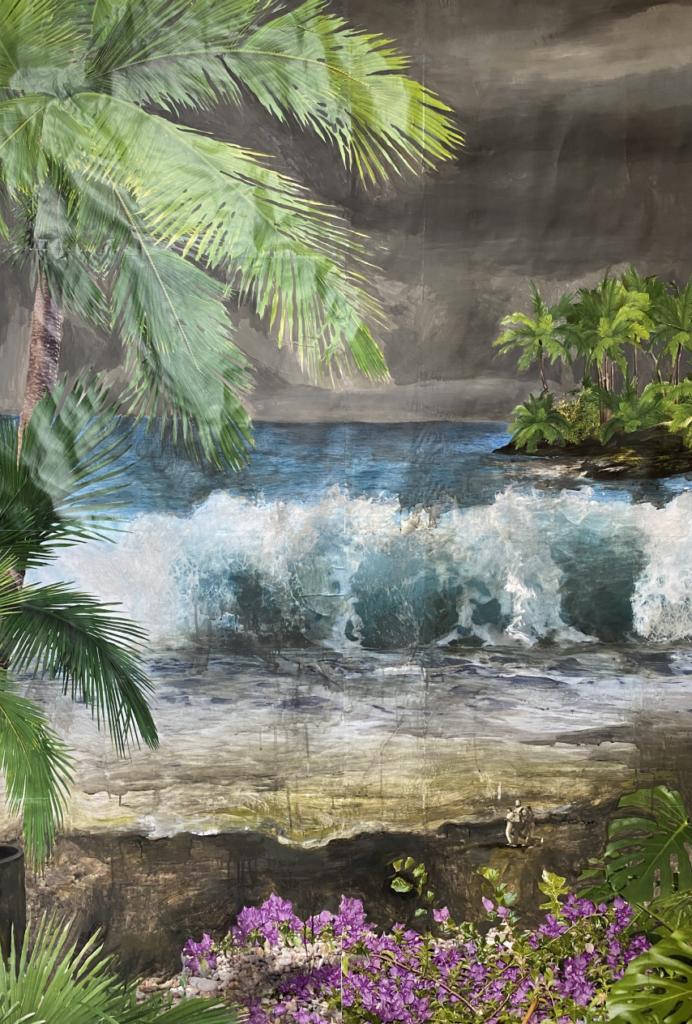
Water Body
(acrylic, photo wallpaper)
Karina Synytsia
Water Body continues the painting series Welcome to Paradise, which explores the contrast between media images of an idealised paradise and the reality of war and destruction. The project uses photo wallpapers, popular in post-Soviet interiors of the 2000s, to visually express this dissonance.
Painting elements of destruction and hopelessness over the wallpaper, Karina shows how bright, utopian images transform under the influence of war. The destruction of idyllic scenes becomes a metaphor for the loss and pain encountered in everyday life.
In her work, Karina focuses on the water bodies that suffer serious negative environmental consequences due to war. They become part of the narrative of the photo wallpaper, highlighting the connection between human and other-than-human war losses.
Eyelashes and Sand Crystals
(video, mixed media)
Daryna Mamaisur
